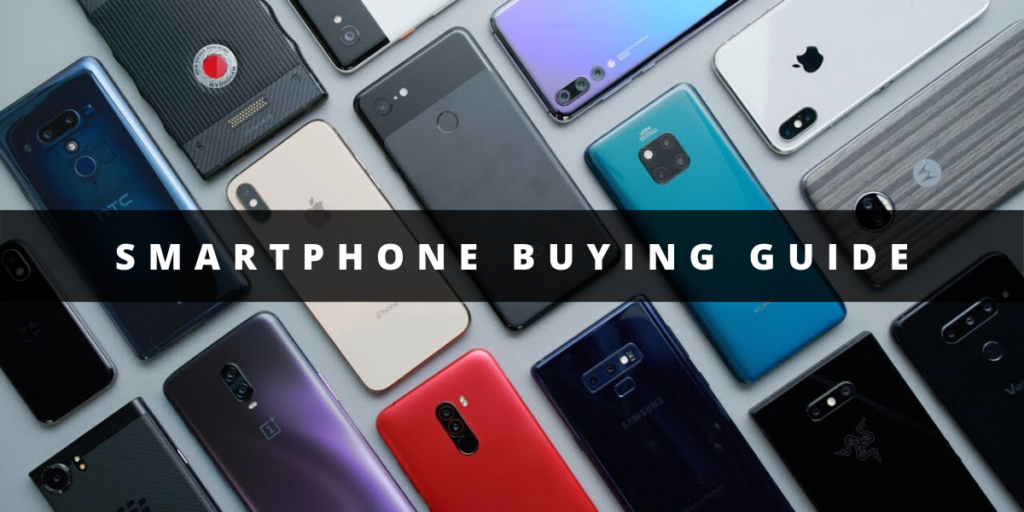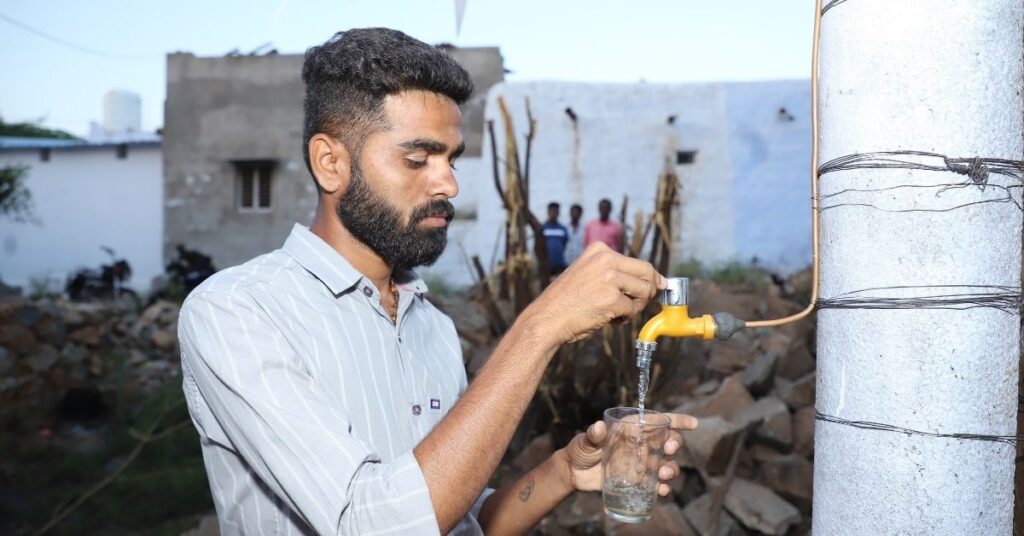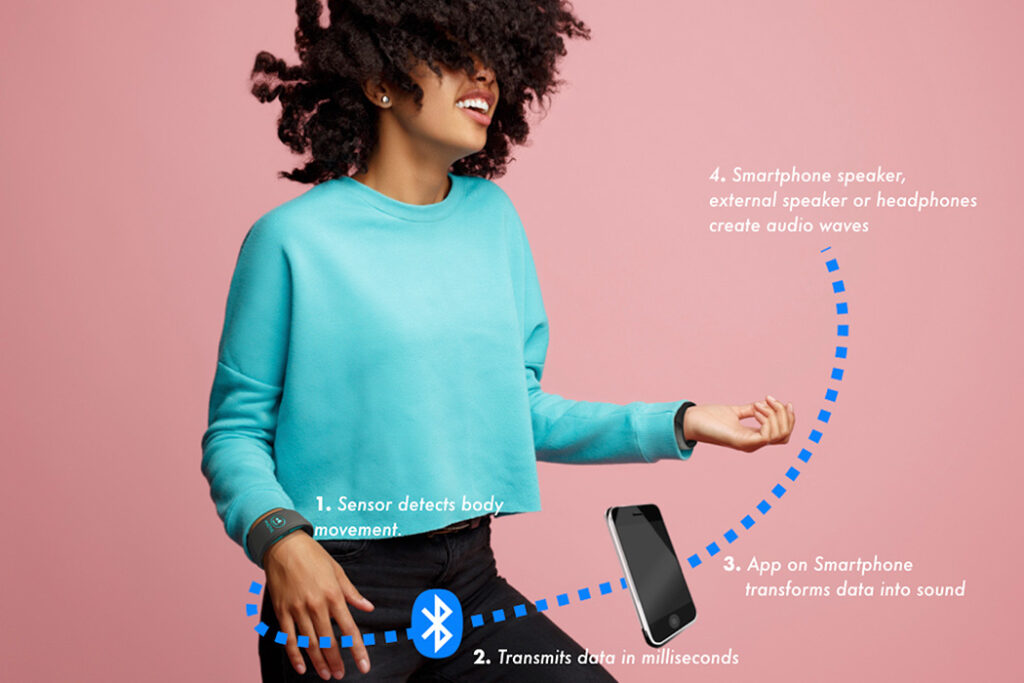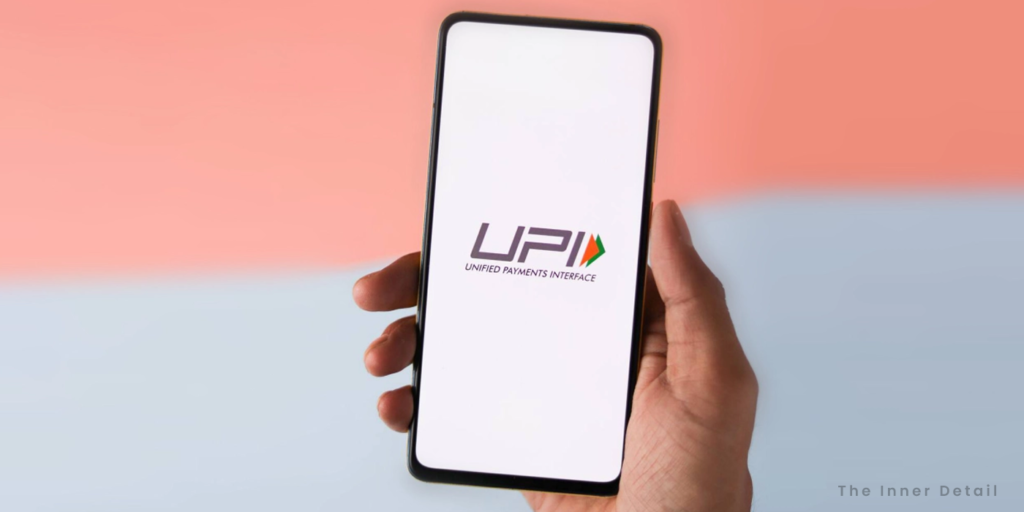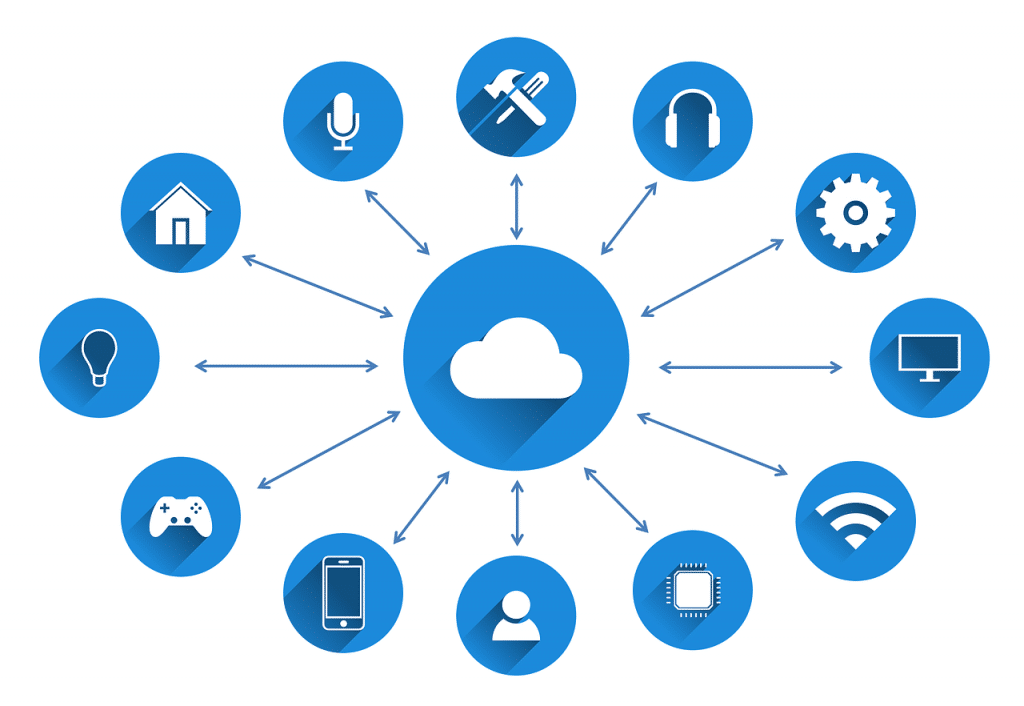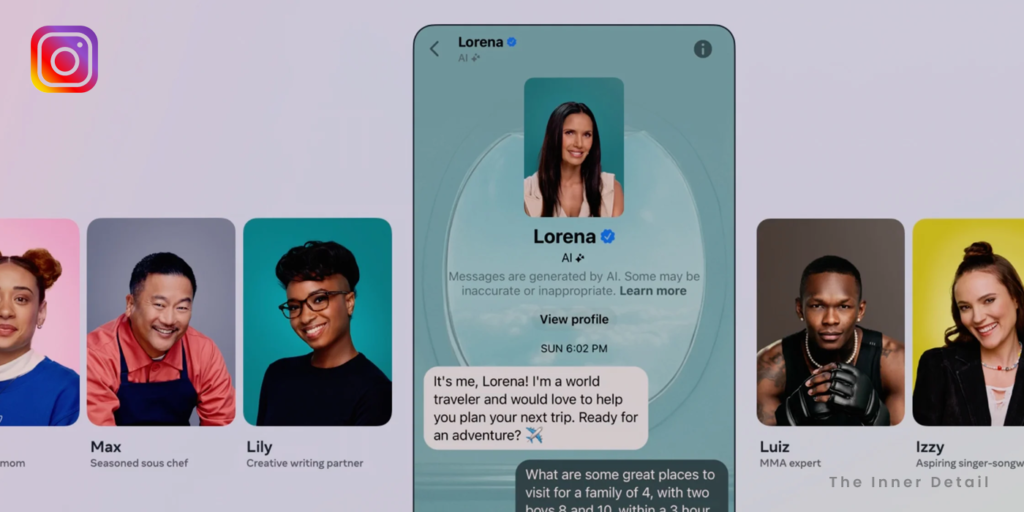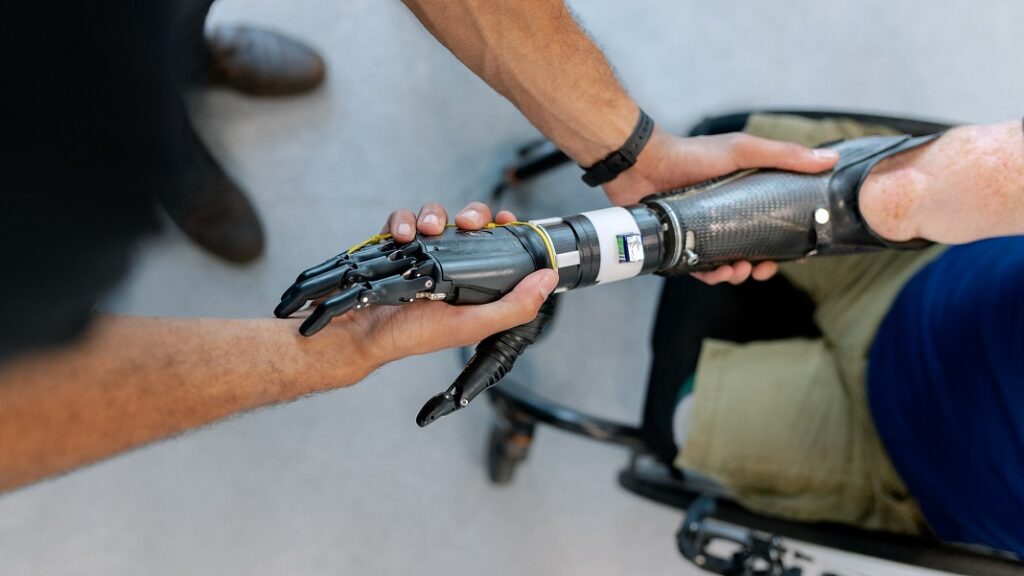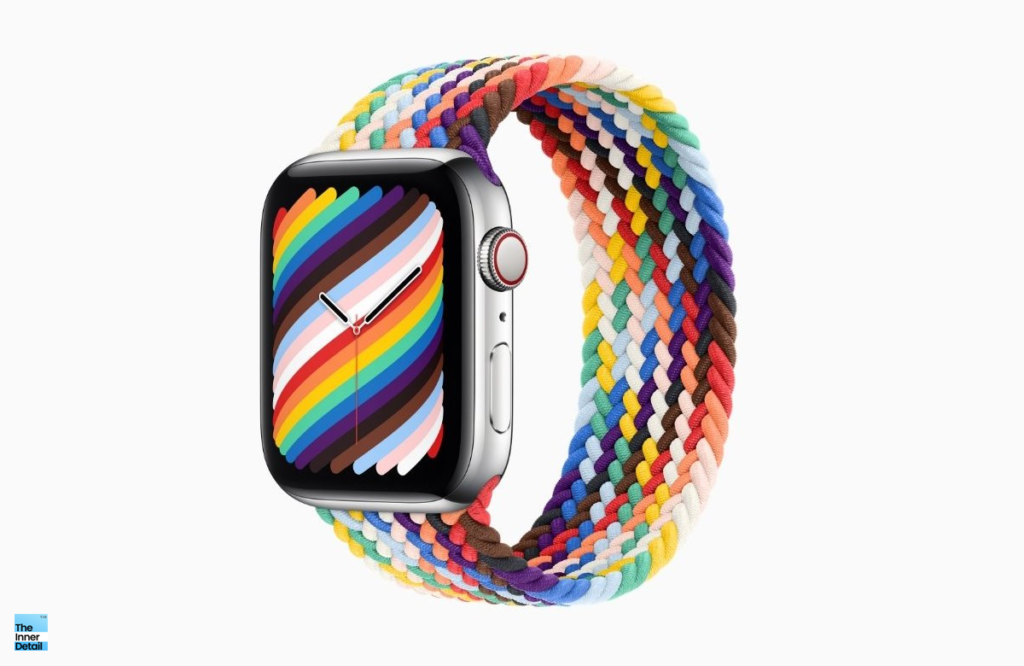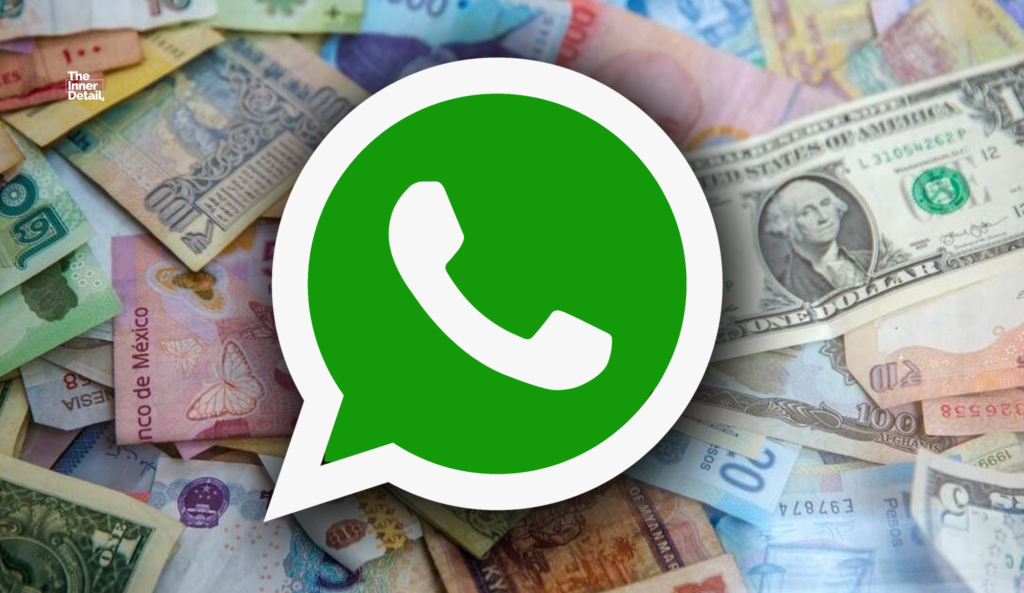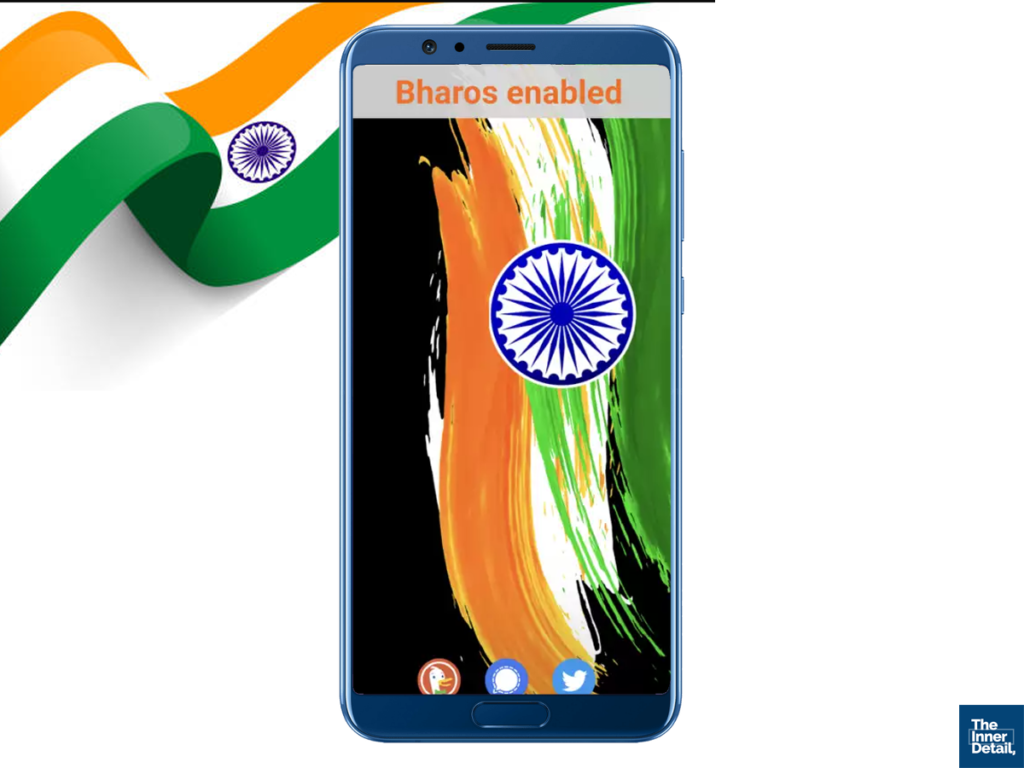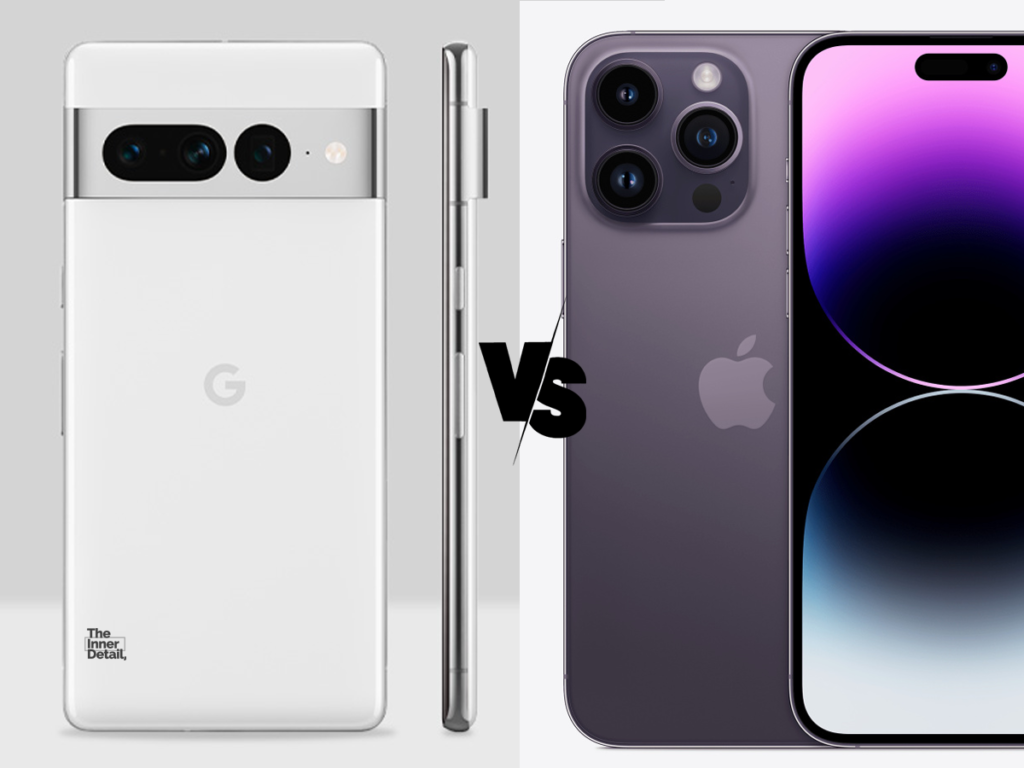Amidst the biggest craze of technology that ever happened in the history of world, smartphones have a secure position, with its 5.44 billion users worldwide as of January 2023. With dozens of brands and over half-a-century models, smartphones are abundant on the table, baffling to pick the best one that suits you.
To ease the job, here is the complete guide of how to check, analyze and compare smartphones for choosing the best one for you. Leading you through the parameters to consider on smartphones, to its features and specifications, the page will end up making you capable of guiding others on the same, we believe.
Parameters to Consider
○ Budget or Price
○ Purpose of Using
○ Brand
○ Processor & RAM
○ Operating System
○ Display
○ Camera
○ Storage
○ Battery Life
Firstly, get yourself clear of how you want to choose a smartphone – based on budget or purpose of use or the best smartphone irrespective of price and usage. If you choose the third one – best phone – then, you may head directly to the brand, skipping the first two.
What’s your Budget & Price?
Money matters the most. If you’re constrained on a budget (₹30,000 ($350) or below) while choosing the best smartphone, you can go by two ways – with brand-wise search, picking the brand first and then going for features or performance/feature-wise pick.
Don’t worry. We have done the part of picking the top smartphone under every budget range:
Best Smartphones under ₹30,000
Best Smartphones under ₹20,000
Best Smartphones under ₹10,000
Smartphones above ₹30,000 ($350) almost end up providing you premier features. The only thing you may have to consider is ‘brand’ or in cases – the best of best (like best-performance, or best-camera).
Purpose of Using Smartphone
Everyone has their own need and expectation out of a handset, basically on what they are intending to do with that. For example, some may want a best-performing smartphone that endures for years or for gaming, some seek the best-camera phones for video-making or content-creation while others crave for a trendy branded one over all other reasons.
Make sure what you want from the mobile, whether it’s performance or camera or reliability and so on, before heading to the next.
Processor
The basic thing that qualifies a product as the best one owes to its performance & efficiency. Processors, also known as the chipset or SoC (System of Chip) are the brains of smartphones & all the functions within a mobile comes under its responsibility.
A capable processor not only allows your device to function seamlessly but is also capable of enhancing other factors, including image processing and sustaining battery-life. For instance, Google Pixel 6a’s Tensor chip enriches the handset greatly in clicking quality pictures, besides its prime use – performance.
Here is how you can choose the best smartphone based on comparison of processors.
RAM
RAM refers to system memory that smartphones use to hold data of active applications that you are using. A part of your mobile’s RAM is eaten by the software itself, to keep it running. Having sufficient RAM can allow you to have a larger number of apps running in the background, which significantly improve your multitasking experience.
As of 2023, any model with 6GB RAM would be suffice at any situation, while gaming and other intensive operations may require 8GB RAM or above. 8GB RAM would be the starting number for smartphone gaming. Currently, even phones below ₹20,000 do equip 6GB & 8GB RAM, making it to not dwell on.
Using the phone only for simple stuffs – calls, texts, browsing, with less than 10 apps, 4GB RAM would be compatible. This might be apt for choosing a smartphone for aged-persons, or who seldom use their phones for various uses.
Operating System: Android vs iOS
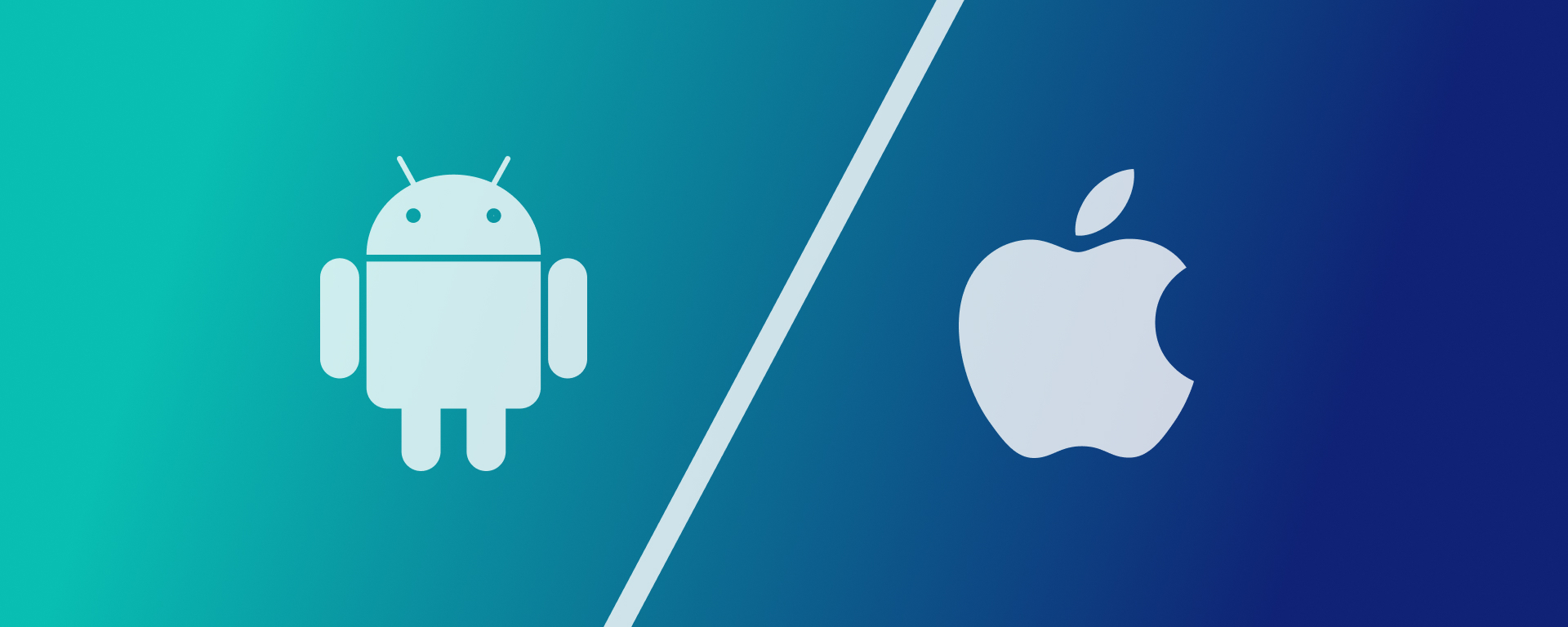
Google’s Android and Apple’s iOS are the leading or almost the only operating-systems in the smartphone market with Android amassing 71% of users and 28% for iOS. Operating systems are the heart of smartphones, laying the base for every application, and program to function, including managing the user-interface.
Loads are there for, to compare the two leading OS of Smartphones. Here is a small intro-comparison between the two, to get you comfortable with.
| Android OS | Apple iOS |
|---|---|
| Android is an open-source platform allowing UI customization | iOS has a Commercial Based Source model with open-source components. |
| File-sharing is much easier in Android, as you can transfer files across various devices including desktops, tablets. | Apple restricts easy file transfers in iOS and is more difficult unlike android. |
| Android devices have Google chrome but one can install any Internet Browser. | IOS-based Devices have Safari as the default Internet Browser. |
| Android OS allows for complete customizability where uses can change almost everything. | Customizability is strictly limited in iOS, unless jailbroken. |
| Android is less secure & private, as malware targets are highest in androids when compared to iOS. | iOS is the more secure operating system. |
Bottomline- So, which is better?
The real answer lies in two key elements – 1. open-source, customizability (Android) and 2. security, better performance (iOS). You may have to sacrifice one for choosing the other.
Display
Smartphone displays have developed and improved greatly in the recent years with numerous kinds of technology viz., Super AMOLED, AMOLED, LCD, LED, IPS, TFT, LTPS, LTPO and the list goes on.
It’s a whole new division of technology which may require elaborate read and understanding, but for now let’s stick on to which one is better for smartphones.
All the display-techs of mobiles are sorted here, based on their worthiness:
Dynamic AMOLED > Super AMOLED > AMOLED > IPS > LED > TFT > LTPS > LTPO.
Note: The displays are classified only on basis of quality of picture and not on its battery-effectiveness or any other metric. Also, few smartphones provide LTPS IPS or LTPO TFT combining or tweaking two technologies for providing better display-quality.
If you’re interested to dive deep into the display technology, you can have a read here.
Camera Quality
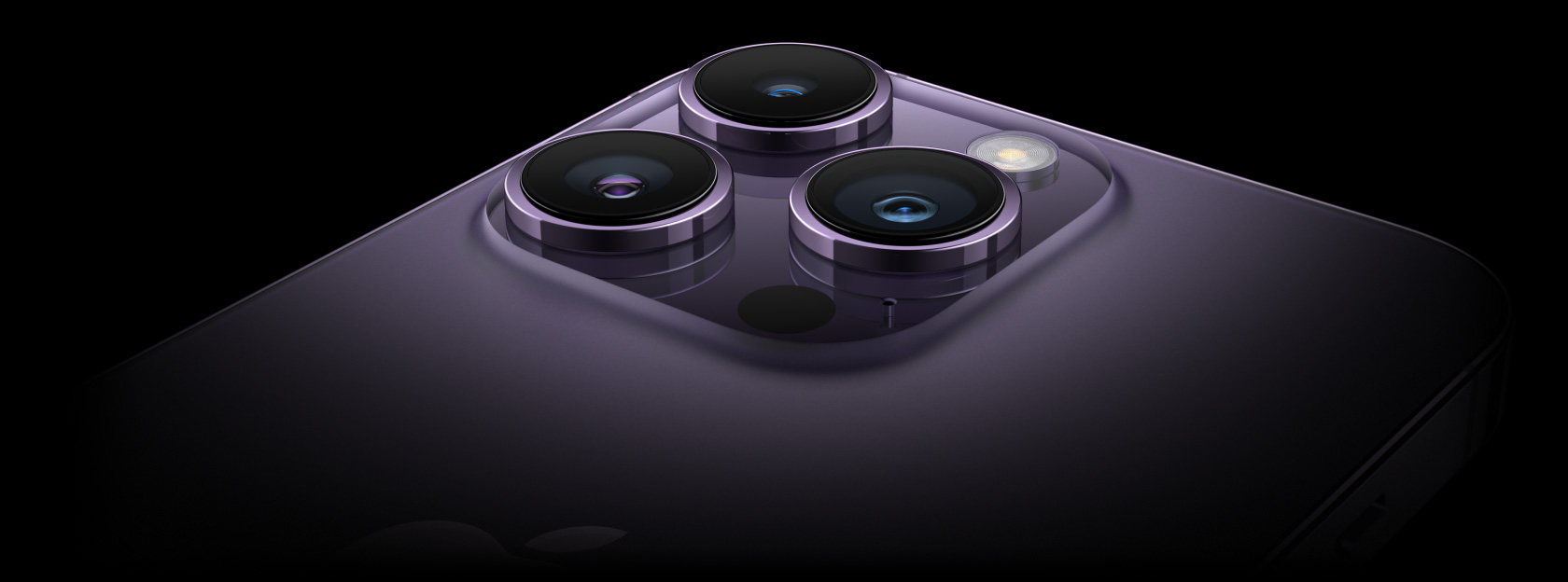
Smartphone cameras largely competes with professional cameras for its efficacy to match with the latter one. Smartphone’s camera sensor works by taking several samples of the frame rapidly at different speeds and processes them altogether for a better image, unlike professional ones capturing light-details of the frame precisely.
Smartphone cameras are primely evaluated on their megapixels, the higher the megapixels, the better camera experience. Also, as mobile cameras are nothing but software processing, a good processor may enhance the picture quality, though it features less megapixels. Google Pixel 6a’s camera featuring only 12 MP surpasses Apple’s iPhone 14 Pro Max’s 48MP camera, for example. The camera-tech includes many technical details, which may not seem important for most people, but interested ones can glance it here.
Well, for all the photo lovers and content creators, here are the smartphones with the best camera that you can buy overall. Take a look here. It’s surprising that Apple’s flagship iPhone 14 Pro Max didn’t make up to the top-3 of the list.
Related Posts
Storage
Modern phones seldom raise storage issues as smartphone-makers proffer abundant storage spaces of even 128 GB starting with phones as low as ₹16,000. Be informed that a part of your storage gets locked for housing OS and in-built apps. For instance, Google Pixel 6A uses 30GB of internal storage for its software, while Samsung Galaxy S22 Ultra holds nearly 70GB of storage.
Well, it’s on your wish to choose the storage options, here are the minimum storage under each budget-range for the better storing capacity:
Under ₹15,000 – 64GB (minimum)
Between ₹15,000 and ₹20,000 – 64GB or 128GB (better).
Between ₹20,000 and ₹30,000 – 128GB or 256GB (both are good).
Over ₹30,000 – 256GB & above.
Having a MicroSD card slot allows you to expand your storage space relatively cheaply. However, Apple never includes MicroSD card slots, so this is something you’ll find only in android devices.
Battery Life
Major smartphones brands equip Lithium-ion batteries in their handsets and they are assessed by ‘mAh’ (milliampere hour) rating. The higher the mAh, higher the battery performance. Albeit, a smartphone’s battery performance is also effected by processor’s & display’s usage on the power, as different kinds of processors and displays consume power distinctly. For example, Snapdragon 750G and Snapdragon 695 have the same CPU performance, however 695 leads by drawing less power than the 750G. The same is the case for displays.
Smartphones having battery capacity of at least 4000 mAh is advisable and 5000 mAh is better. And this is how the battery life varies with the capacity.
| Capacity | Battery Life |
| 1500 – 2000 mAh | 0.5 day |
| 2000 – 3500 mAh | 1 day |
| 3500 – 4000 mAh | 1.5 days |
| 4000 – 6000 mAh | 2 days |
Epilogue
We hope, the page clarified you, providing insights and numbers on picking the best smartphone suitable for you.
Drop a comment, if you find this page helpful. Suggestions and feedbacks are also welcomed.
We do have an earphone-buying guide, if you need in case.
(For more such interesting informational, technology and innovation stuffs, keep reading The Inner Detail).
